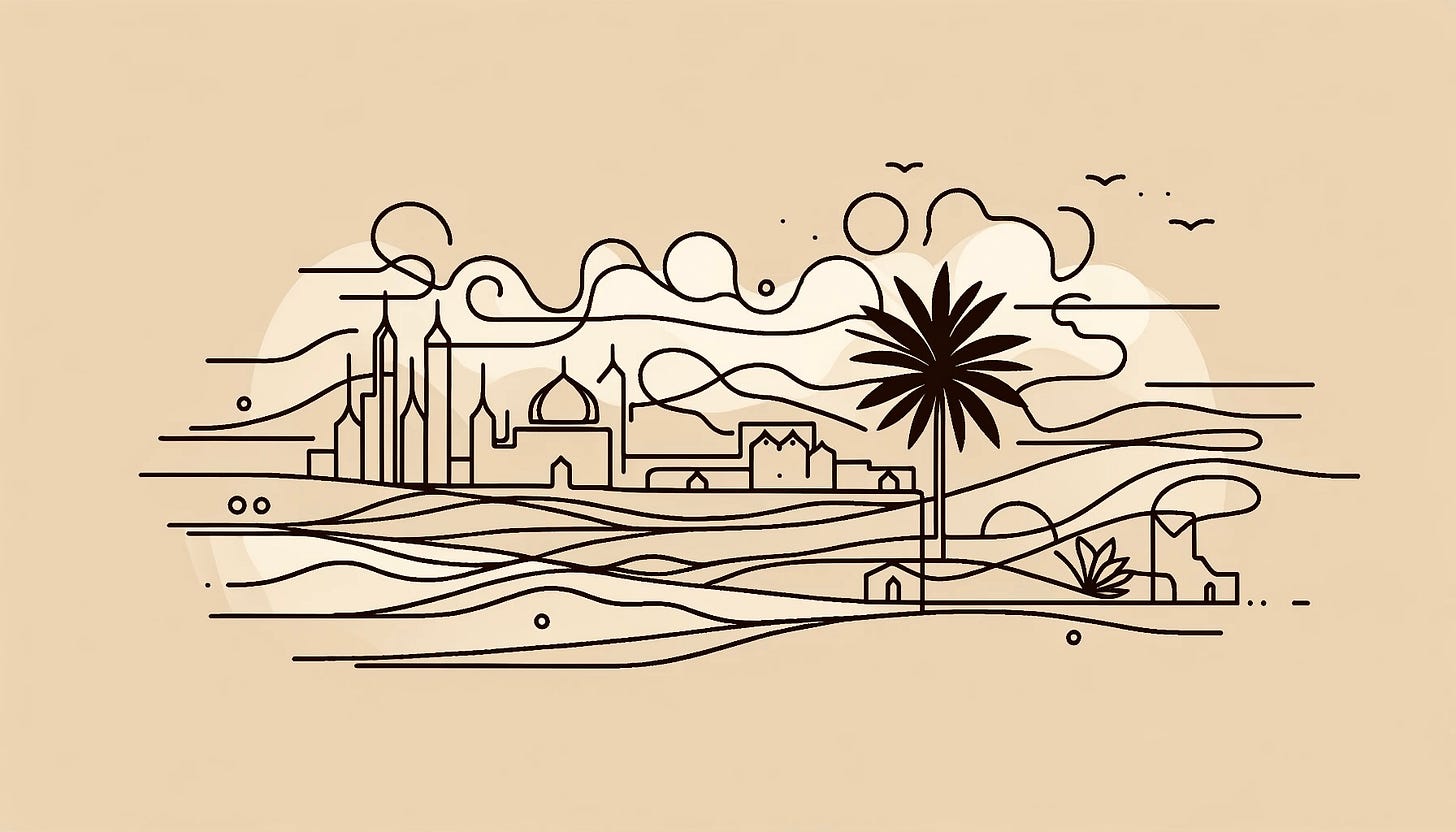The Openings and Closures of Saudi Historical Revisionism
Why is Saudi Arabia's new image of cultural and religious openness, and its fight against extremism, being promoted through economic channels in areas such as entertainment, tourism, and sports?
by Sultan Alamer
On March 5, 2024, a fact-finding mission from the U.S. Commission on International Religious Freedoms (USCIRF) was scheduled to visit Diriyah, the birthplace of the Wahhabi movement in the 18th century. The mission was led by Rabbi Abraham Cooper alongside others from different Christian and Muslim denominations. While at Diriyah, now a …



